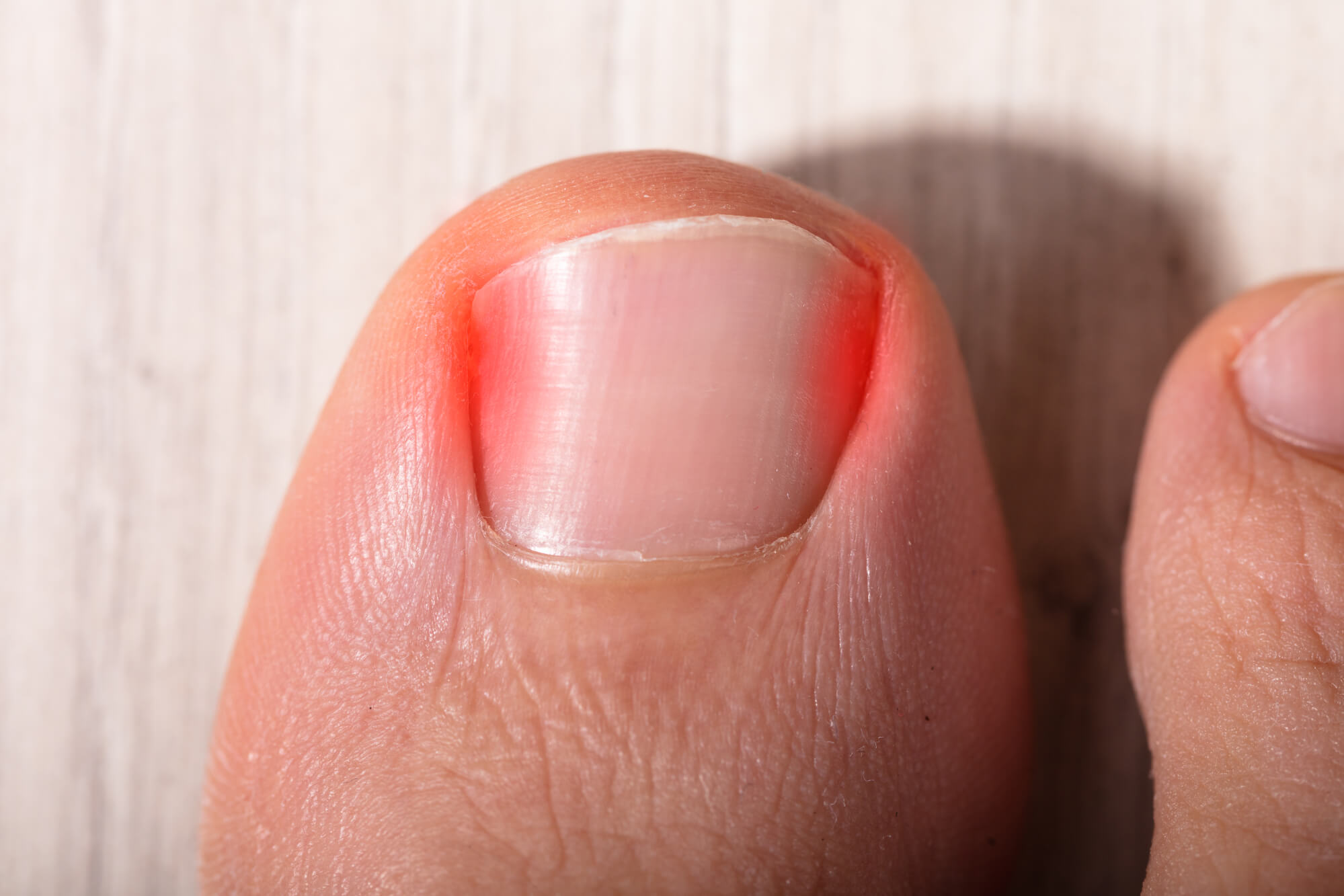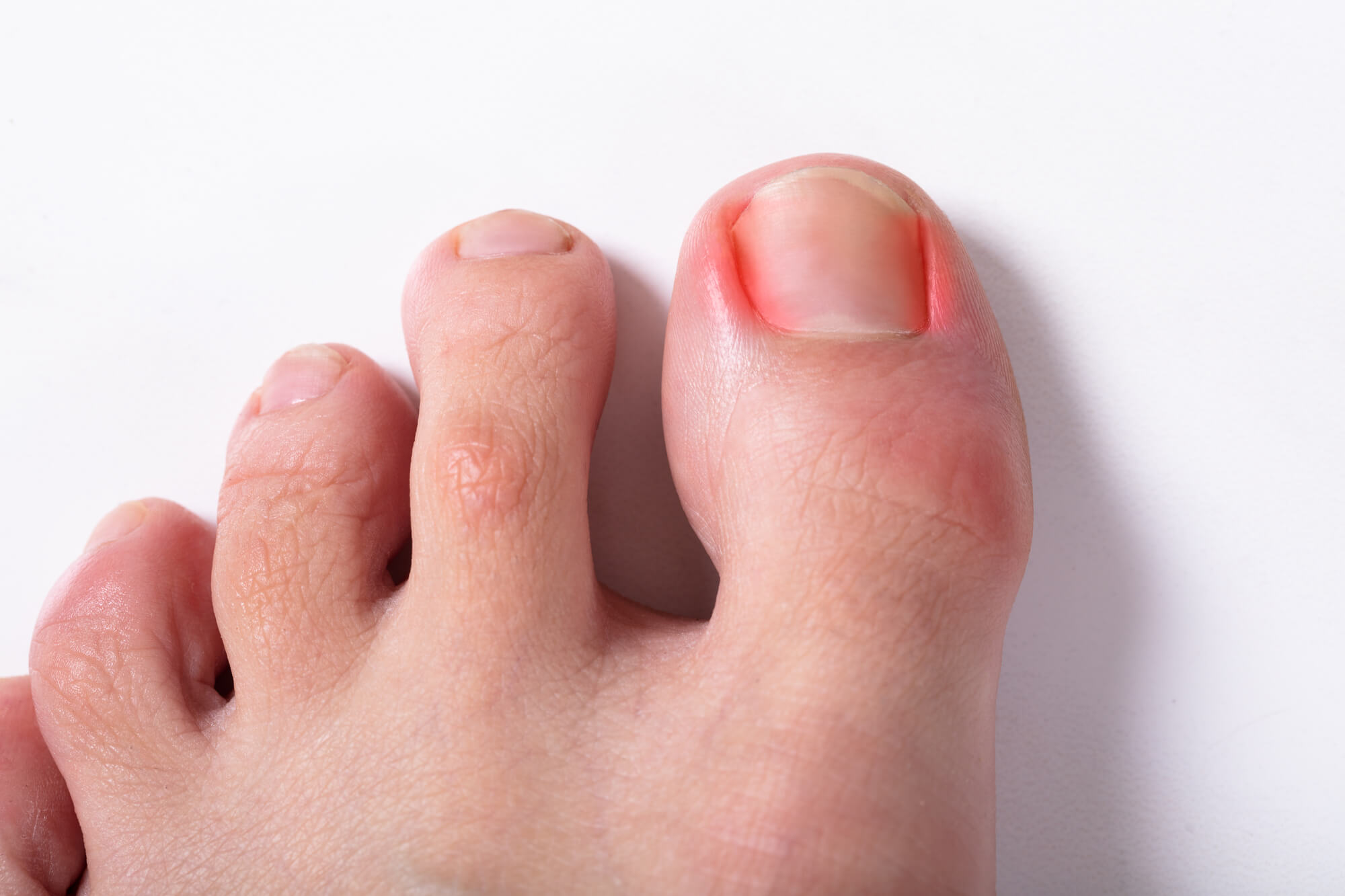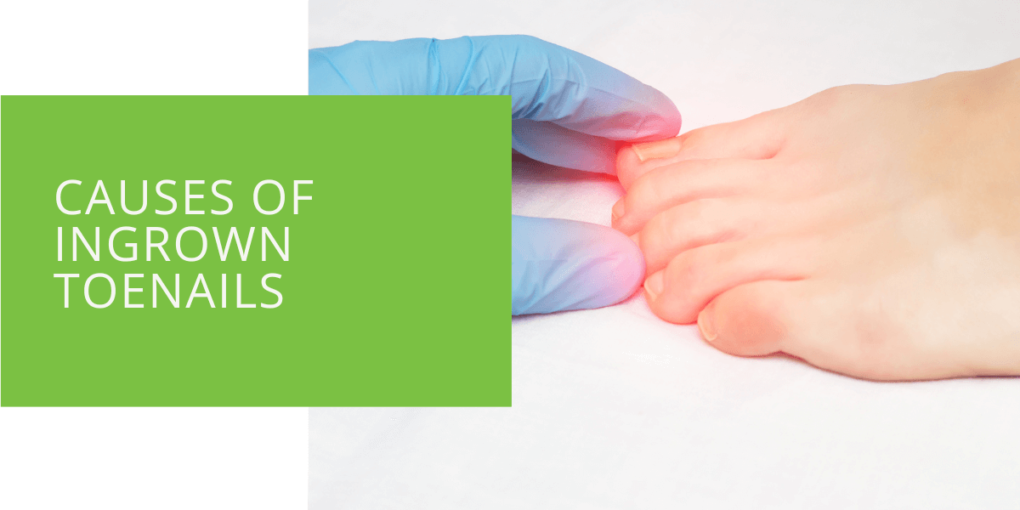Causes of Ingrown Toenails
Ingrown toenails are a common foot problem that can be painful and uncomfortable. The condition occurs when the edge or corner of the nail grows into the skin, causing redness, swelling, and pain. In severe cases, an ingrown toenail may become infected, resulting in pus and inflammation. This article will explore the common causes of ingrown toenails and how to prevent and treat them.
What are Ingrown Toenails?
Ingrown toenails occur when the edge or corner of the nail grows into the skin instead of over it. This can cause pain, redness, and swelling. If left untreated, an ingrown toenail can infect, causing pus and inflammation. The big toe is the most common toe affected by ingrown nails, but it can occur on any toe.
Symptoms of Ingrown Toenails
The symptoms of an ingrown toenail may include pain, redness, swelling, and warmth around the affected toe. The toe may become infected in severe cases, resulting in pus and inflammation. If you experience any of these symptoms, seeking medical attention from a podiatrist or doctor is important.

Common Causes of Ingrown Toenails
Improper Nail Cutting
One of the most common causes of ingrown toenails is improper nail cutting. Cutting the toenails too short or rounding the corners of the nails can cause the nail to grow into the skin. To prevent ingrown toenails, it is important to cut toenails straight across and avoid cutting them too short.
Tight-fitting Shoes
Wearing too tight or high heels shoes can also cause ingrown toenails. Shoes that crowd the toes can put pressure on the sides of the nail, causing it to grow into the skin. To prevent ingrown toenails, wearing shoes that fit properly and have enough room for the toes to move is important.
Trauma or Injury to the Toe
Trauma or injury to the toe, such as stubbing your toe or dropping something heavy on your toe, can also cause an ingrown toenail. In some cases, the trauma can result in nerve damage, causing the toe to become numb. To prevent ingrown toenails, protecting your feet from injury during sports or other activities is important.
Abnormally Curved or Thick Nails
Nails that are abnormally curved or thick can also become ingrown. Fungal infections, aging, and medical conditions such as diabetes and poor circulation can cause the nail to grow back into the skin. In some cases, the shape of the toe or the nail may be inherited, making it more prone to becoming ingrown.
Risk Factors for Ingrown Toenails
Certain factors can increase the risk of developing an ingrown toenail. Age, gender, obesity, diabetes, poor foot hygiene, and certain sports can all increase the risk of an ingrown toenail. If you have any of these risk factors, it is important to take extra care to prevent ingrown toenails.

Prevention of Ingrown Toenails
Preventing ingrown toenails is essential to avoid pain and discomfort. Proper nail-cutting techniques, wearing shoes that fit properly, protecting your feet during sports, maintaining good foot hygiene, and regular podiatry check-ups can all help prevent ingrown toenails.
To cut your toenails correctly, use a nail clipper and cut them straight across. Avoid rounding the corners of the nail, as this can cause the nail to grow into the skin. It is also important to wear shoes that fit properly and avoid shoes that are too tight or crowd the toes. Protecting your feet during sports or other activities can also help prevent injury that can lead to ingrown toenails. Additionally, soaking your feet in warm water can help soften the nail and make it easier to cut. If your toe is numb, avoid cutting the nail too short. This can cause the nail to grow back into the skin and become ingrown.
Maintaining good foot hygiene is also essential to prevent ingrown toenails. Wash your feet regularly and keep them clean and dry. Changing your socks and shoes regularly is also important to prevent fungal infections.
Regular podiatry check-ups can also help prevent ingrown toenails. A podiatrist can assess the condition of your feet and nails and advise on how to prevent and treat ingrown toenails.
Treatment of Ingrown Toenails
If you develop an ingrown toenail, there are several at-home remedies that you can try to relieve the pain and discomfort. Soaking your foot in warm water can help numb your toe and reduce inflammation. You can also gently lift the edge of the nail away from the skin using a small piece of cotton or dental floss.
Professional podiatry treatment may be necessary if the nail is infected or causing severe pain. A podiatrist can remove the part of the nail causing the problem and provide medication to reduce pain and inflammation. In severe cases, surgical procedures may be necessary to remove the ingrown part of the nail permanently.
Conclusion
Ingrown toenails can be painful and uncomfortable but can be prevented with proper care and attention. To prevent ingrown toenails, it is important to cut them straight across, wear shoes that fit properly, protect your feet during sports, maintain good foot hygiene, and seek regular podiatry check-ups. If you develop an ingrown toenail, there are several at-home remedies that you can try. Still, if the pain and discomfort persist, it is important to seek professional help from a podiatrist or doctor.
Don't let ingrown toenails disrupt your life. Take care of your feet and nails, and seek professional help if necessary. With the right care and attention, you can prevent and treat ingrown toenails and keep your feet healthy and pain-free.

